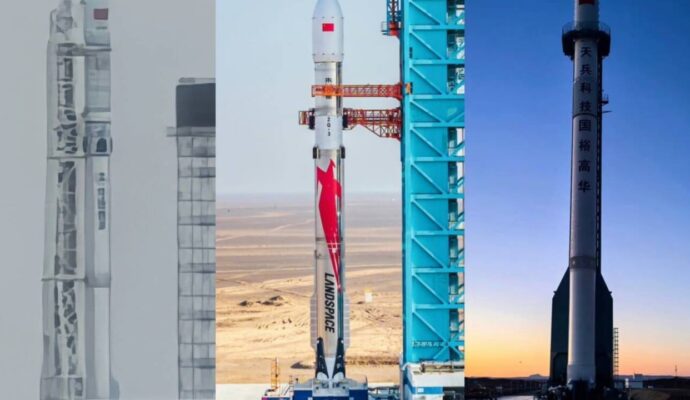Universities from Shanghai, Sichuan, Jilin, Shandong and other provinces announced tuition increases for new students, with spikes ranging from 10 to 54 per cent.
China’s education authorities crack down as bleak jobs data ‘could be worse’
China’s education authorities crack down as bleak jobs data ‘could be worse’
Shanghai-based East China University of Science and Technology raised fees by 54 per cent to 7,700 yuan (US$1,095) per academic year for new students in science, engineering and athletics – one of the highest rises in the country – and tuition for liberal arts students was raised by 30 per cent for the equivalent period.
The rate for the former group is equivalent to about 15 per cent of the average national income. However, the same figure accounts for 38.5 per cent of the average income for rural residents.
“It is not surprising that tuition fees are increasing,” said Zhou Mansheng, deputy director of the Chinese Society of Educational Development Strategy.
Zhou, also an adviser to the country’s Ministry of Education, mentioned Chinese universities operate on a cost-sharing basis, which requires students to bear a portion of any increase.
“The rate of tuition fee increases has lagged behind the overall inflation rate,” he added.
The ministry cut the 2023 budget for higher education to 102 billion yuan (US$14 billion), down nearly four billion yuan from a year earlier, according to a budget report released in March.
The government of China’s northeastern Jilin province said in March current tuition standards are no longer suited for today’s socioeconomic situation.
China’s parents splurge to give ‘gold-swallowing beasts’ an educational edge
China’s parents splurge to give ‘gold-swallowing beasts’ an educational edge
“The current standards for public universities were established in 2000 and have been implemented for 22 years,” it said.
Nonetheless, the province capped the rise at 15 per cent for central-government-funded universities and 10 per cent for those funded by provincial authorities.
University finances derive from tuition fees, government funding and a variety of donations.
High-ranking universities often secure sufficient funding. Beijing’s Tsinghua University was the top fundraiser in 2022, with a budget of 36.2 billion yuan. Zhejiang University in Hangzhou came in second with 26.1 billion yuan and Peking University, also based in Beijing, was third with 21.9 billion yuan on hand.
However, ordinary colleges have been struggling, as their enrolment has expanded but their tuition is tightly regulated.
China’s increases remain scant compared with other major countries. Tuition in the US has ballooned 175 per cent over the past two decades with a majority of schools charging more than US$25,000 annually, US News & World Report said last year.
Despite the heftier price tag, government-funded Chinese universities still cost far less than their private peers, which are less popular than public institutions among aspiring undergraduates. Annual tuition for private universities in China tends to hover between 10,000 and 30,000 yuan.
The figures are considerably higher for schools founded in partnership with universities from other countries. The most expensive is New York University Shanghai – which charges an eye-watering 200,000 yuan for undergraduates – followed by 100,000 yuan per year for the University of Nottingham Ningbo China.


